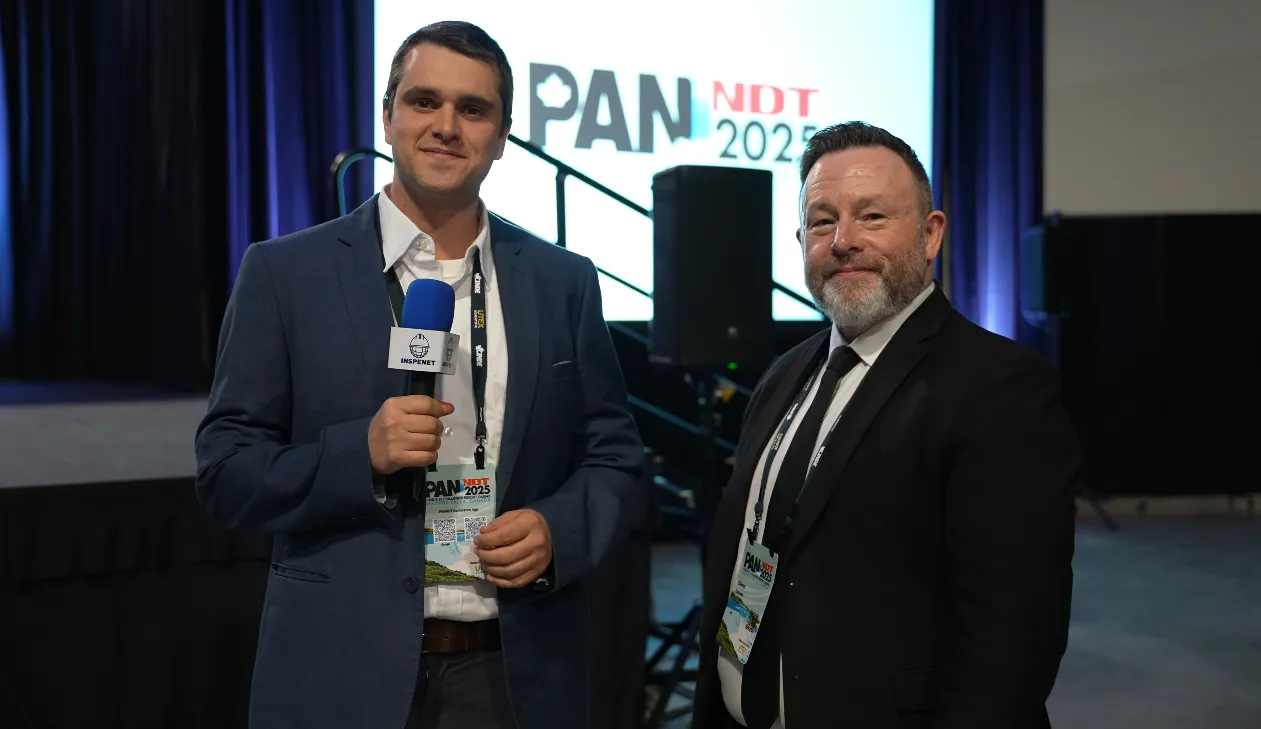NDT in art and history: PANNDT 2025 arrives to Niagara Falls
From June 9 to 12, 2025, the city of Niagara Falls, Canada, will host the VIII Pan-American Conference on Nondestructive Testing (PANNDT 2025), organized by the Canadian Institute for Non-Destructive Evaluation (CINDE) and the Pan-American Federation for Nondestructive Testing (PANNDT).
More than 600 attendees, 100 exhibitors and 120 technical papers gather at the Fallsview Casino Resort to explore the latest innovations in inspection techniques, quality control and emerging applications of NDT in sectors such as energy, manufacturing, art and archaeology.
NDT technology in the service of cultural heritage
One of the most fascinating topics of the event is the application of non-destructive testing (NDT) technologies in the preservation, analysis and authentication of works of art and historical artifacts. Through case studies, it is demonstrated how techniques such as X-ray fluorescence (XRF) and industrial radiography make it possible to inspect objects without damaging them, revealing information hidden inside.
A striking example is the joint use of AI in industrial inspection and radiography to decipher the Herculaneum Scrolls, documents burned by the eruption of Vesuvius in 79 A.D. Thanks to reconstruction algorithms, researchers have managed to read texts that seemed lost forever, uniting ancient history with cutting-edge technology.
An enriching technical and cultural program
In addition to its robust technical content, PANNDT 2025 offers a cultural program that highlights the connection between history and innovation. On June 10, attendees enjoy an immersive experience at the Niagara Parks Power Station, including a tour of its 670-meter subway tunnel and a nighttime view of the illuminated falls. This former hydroelectric station, which is one of the first to generate alternating current in the world thanks to Tesla and Westinghouse, symbolizes the fusion of industrial legacy and technological progress, perfectly in tune with the teams' mission for NDT.
The event also includes competitions such as the “Ultrasonic Ace”, student poster presentations and specialized workshops, strengthening technical education and international collaboration.

Glenn Tubrett's vision
During the inauguration of the event, Glenn Tubrett, CEO of CINDE and President of PANNDT, commented the following:
Well, day one is actually, I think, year six of us planning this conference, so it really feels like your child has grown up and getting out there in the world.
Glenn Tubrett.
The CEO emphasized the importance of opening the field of nondestructive testing to new areas, such as art and cultural heritage, as it allows for enriching the cultural and scientific understanding of humanity, in addition to highlighting the value of human and interdisciplinary connections:
We did a dedicated show this afternoon talking about just how NDT applies in the art community, but it's all over the map. We have people doing restoration projects on artwork. Likewise, we have the ability to tell whether something's been counterfeit or something like that.
Glenn Tubrett.
An event that projects the future of NDTs
The 2025 edition of PANNDT not only demonstrates the maturity of nondestructive testing as a technical discipline, but also its ability to transcend industrial boundaries and become an essential tool in the protection of history, art and knowledge.
With strong international participation, a first-class technical program and an inclusive vision, the event positions Canada as a leader in technological innovation applied to NDT technologies, while consolidating the conference as a must-attend event for professionals, researchers and industry enthusiasts.
For more content on PANNDT 2025, visit our YouTube channel and our LinkedIn profile.
Source: Inspenet.


